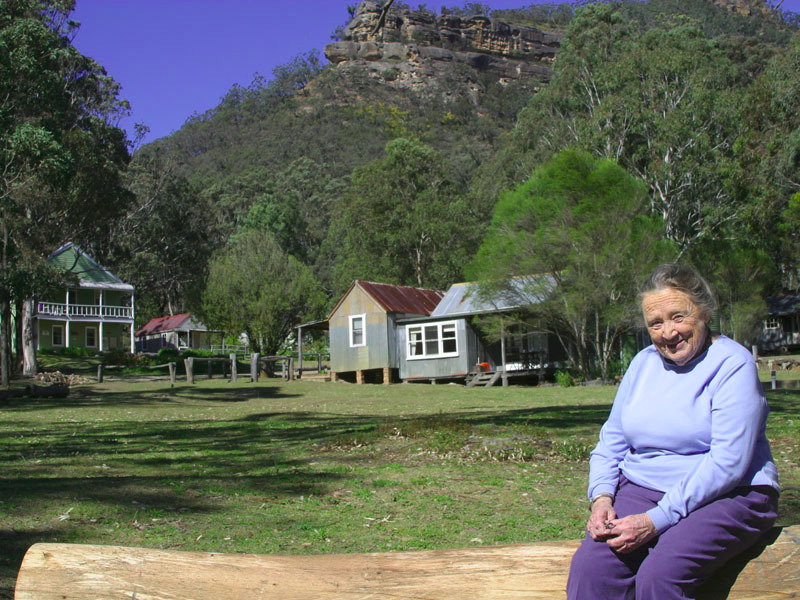We are still working on this page! We welcome more information, suggestions or corrections.
The first European to explore the area was Frenchman Francis Luis Barrallier who walked Nattai to Yerranderie in 1802. He penned a book detailing his experiences titled Expedition into the Interior of New South Wales.
In the 1870s, silver was found in the area but was not commercialised until 1898 when the silver prices had risen and John Vigar Bartless commenced a small mining operation. Access to Yerranderie was via newly constructed road from Camden across the Burragorang Valley. Machinery and equipment was then able to be transported and production commenced in 1899.
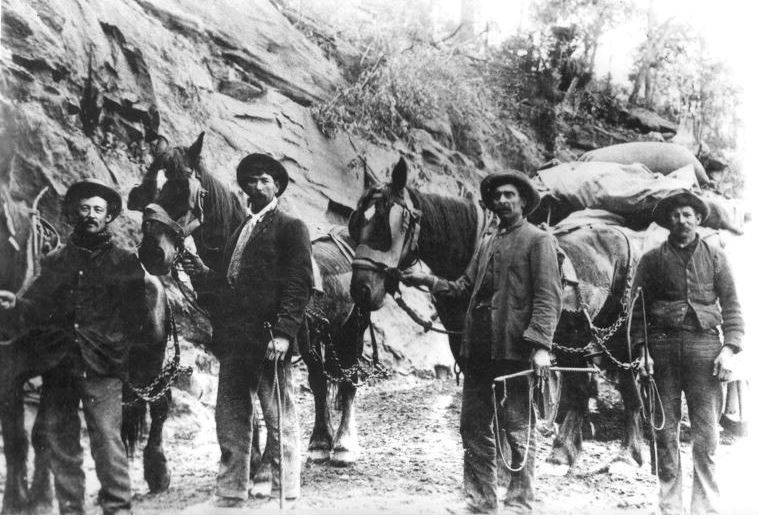
The mines were prosperous for the British Protestant owners for the next 15 years. For the largely Irish Catholic workers life was tough! The mines and the town expanded. By 1907 there was a police station, courthouse, post office, a school, three churches, two butchers, a hotel and a movie theatre. At the outbreak of World War 1, Yerranderie’s population peaked at 2200 people. At that time a total of 5,381,000 ounces of silver, 9,951 ounces of gold and 12,000 tons of lead had been mined.
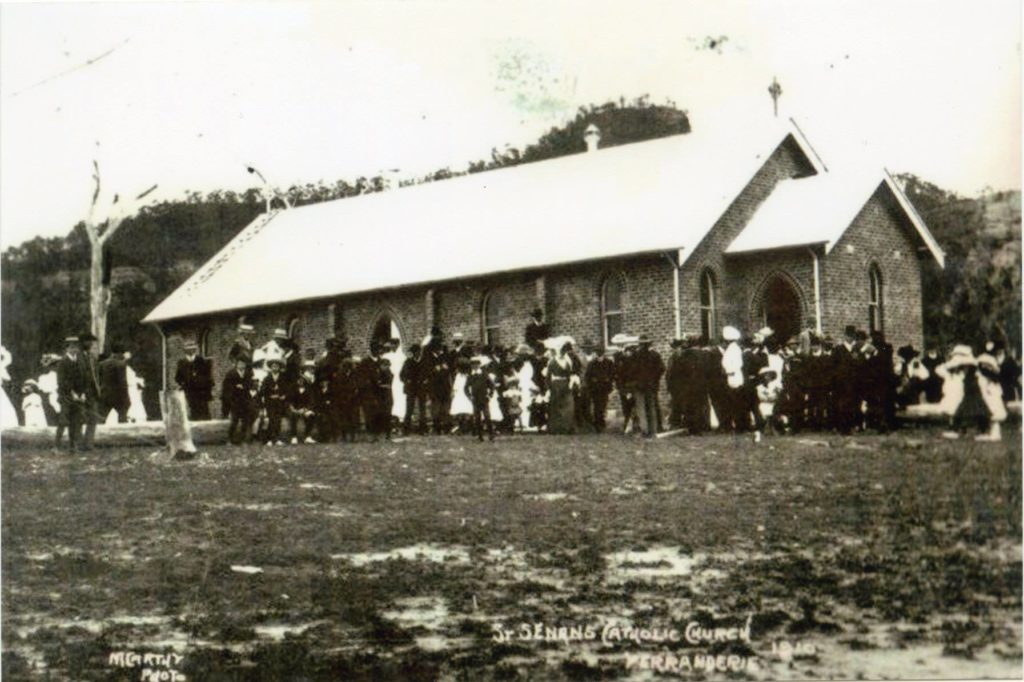
The decline of the industry started when many of the miners joined the WW1 war effort and left the mines. Due to a high death rate on the war fronts, the spanish flue epidemic and a changing social culture, many did not return. Then came the Broken Hill miners strike from 1919 to 1920. Yerranderie miners were members of the same union so also compelled to join the strike even though the reasons for the strike did not relate to them. It lasted for 18 months which was at that time the longest strike in the world. By 1927, the mining industry at Yerranderie was teetering on the brink of collapse. Then the industrial lockout in 1928 was the final straw and the mine owners determined that the site was no longer viable and the mine was closed.
Aubin Rene Lhuede’s Company Tonalli Mining purchased the whole town in 1947. His family had come from Brittany where they had mining experience. There has been much speculation as to what his plans were to be but they amounted to nothing when The Sydney Water Board announced the construction of Warragamba Dam.
The Burragorang Valley, popular as a weekend destination by Sydney residents was about to meet it’s underwater destiny as the rapidly filling waters behind Warragamba Dam drowned the valley and cut off Yerranderie from Sydney. Once he realised that the new dam would thwart his mining ambitions Aubin Lhuede sold the town to his daughter Valerie Anne Lheude in 1956. 4 years later, the Sydney Water Board completed the Warragamba Dam which created Lake Burragorang, cutting off the town’s direct access to Sydney. Val received £3,000 in compensation from the Sydney Water Board. Since then the only publicly available road access has been via the Colong Stock Route which connects the town with the western side of the Blue Mountains.
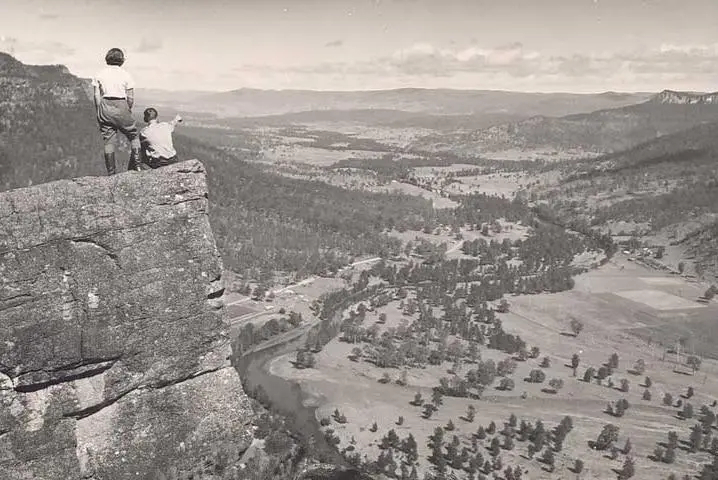
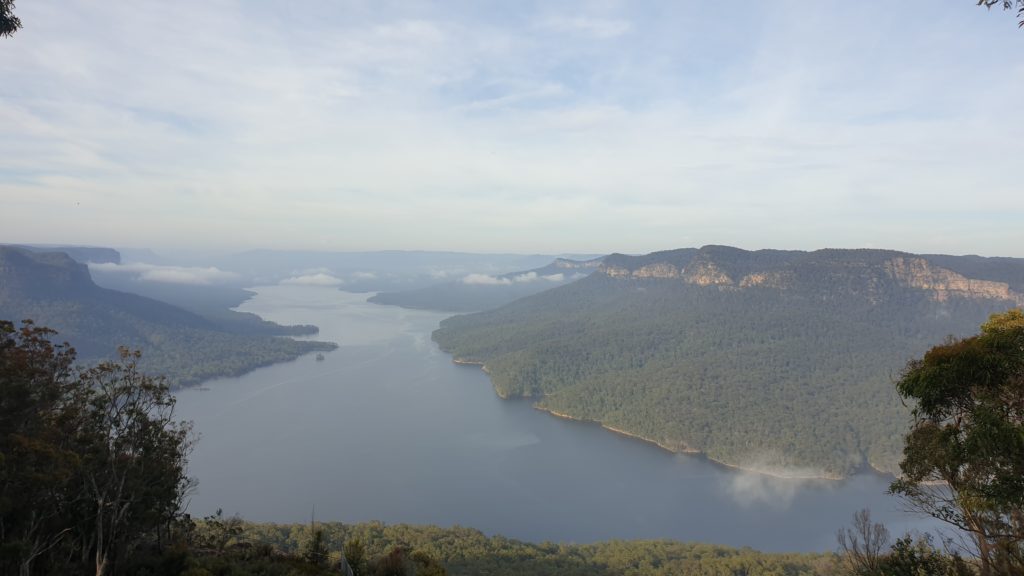
Val set to creating a tourist destination and turned the old post office into a guest house and opened many buildings to the public. Val was staunchly dedicated in her efforts to preserve the town’s history and features. She made the place a unique tourist destination. You can download her advertising flyer HERE.
The image below of Val is by Bruce Elder. Please check out his website Aussie Towns
